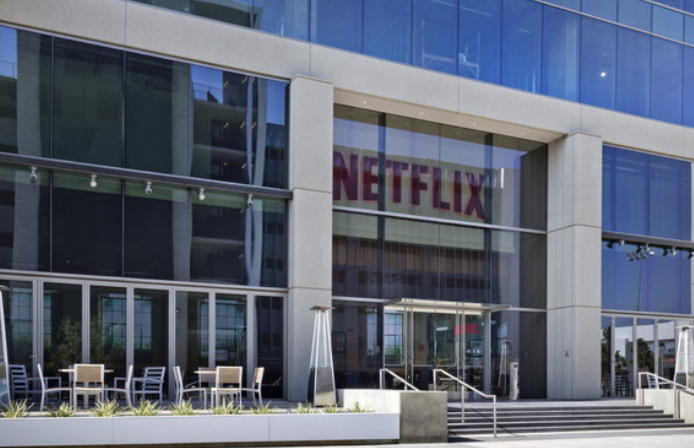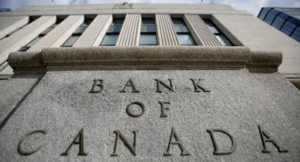What is the impact of Netflix advertising plan on the broadcasting market?

Netflix’s advertising plan for global online video service (OTT) has been unveiled. Instead of providing ads in content, the key is to lower subscription fees. Prior to Netflix, HBO Max first introduced an advertising-inserted plan, and Disney Plus will also be introduced soon.
Among them, attention is also being paid to the impact on the domestic broadcasting advertising market. With the company’s advertising budget limited, some predict that the launch of the advertising plan by domestic and foreign OTT will accelerate the movement from TV to digital.
◆ Up to 9,000 won cheaper than overseas OTT…Support advertisers with customized advertising capabilities
According to the industry on the 16th, Netflix will release the “Basic with ADs” plan in 12 countries, including Korea, the U.S., Canada, Germany, Italy, Japan, and Australia, at 1 a.m. on November 4th in Korean time.
The advertisement is 15 seconds or 30 seconds long, and is displayed before and during the start of content playback. It is an average length of four to five minutes per hour. In particular, Netflix plans to provide various customized functions such as preventing advertisers from displaying advertisements on content that does not match their brands.
The monthly subscription fee is set at 5,500 won. This is 4,000 won cheaper than Netflix’s basic plan and 2,400 won cheaper than domestic OTT’s minimum plan such as Tving, Wave, and Watcha.
It is also evaluated as a competitive price compared to other global OTT advertising plans. HBO Max, which has already provided advertising plans since last year, receives $9.99 (about 14,400 won) per month from users. While Disney+ plans to increase its monthly subscription fee from $7.99 to $10.99 in December and introduce an advertising plan, the plan is expected to be provided at $7.99 per month (about 11,400 won).
◆ Expect to secure an additional 40 million subscribers…What’s the trend of ARPU?
With global OTT at the center, this advertising plan has recently attracted attention as a solution to secure production costs. While securing subscribers is essential due to the nature of the OTT business, where monthly subscription fees are a key source of revenue, it has decided to secure new subscribers by lowering entry barriers at low prices.
Recently, OTT at home and abroad has suffered from rapid subscriber withdrawal. Even if tens of billions of won was invested to produce original content, the number of new subscribers increased for a while immediately after its release and then left in less than a month. As a result, it repeatedly lost money as it could not even recover investments in content production.
Netflix was no exception. The number of Netflix subscribers was 221.64 million as of the first quarter, down 200,000 from the previous quarter. It then continued to decline in the second quarter as 970,000 subscribers left.
However, industry officials say it remains to be seen whether the advertising plan will actually lead to improved profitability. This is because if existing subscribers go down to an advertising rate system, the possibility of an average sales per subscriber (ARPU) falling cannot be ruled out.
However, experts were optimistic about the advertising plan. Subscribers who are introduced through advertising plans are expensive afterwardsThis is because there is a high possibility of moving to a ban.
An industry-savvy expert said, “Users who used to watch YouTube for free will soon subscribe to a paid service that allows users to watch content without advertisements even if they feel uncomfortable and pay for it,” adding, “In light of this, it is close to a strategy to lower entry barriers for Netflix’s advertising plan and then move to a high-priced plan.”
In fact, foreign media such as the Wall Street Journal (WSJ) quoted internal documents and reported that Netflix expects to secure at least 40 million additional subscribers through advertising-type plans by the third quarter of next year.
◆ Golden Time Digital Advertising…Traditional broadcasting media’s advertising sales contracted ‘concerned’
Experts believe that the introduction of overseas OTT’s advertising plan will have a significant impact on traditional broadcasting media at home and abroad. Especially in terms of advertising sales. It is pointed out that if OTT is advertised, it will be inevitable to hurt advertising sales of broadcasting media. It is explained that OTT will accelerate this trend while advertisers recently prefer digital advertising to TV.
Colin Dixon, head of research firm NSscreenMedia, said in a recent interview with British media Dailystar, “OTT allows advertisers to access subscribers at other times than golden time,” adding, “The advertising plan will reduce the value of TV commercials.”
In Korea, sales in the broadcasting and advertising market continue to decline. The size of the broadcast advertising market has decreased to ▲ 3.9318 trillion won in 2018 ▲ 3.771 trillion won in 2019 ▲ 3.4841 trillion won in 2020 ▲ 4.608 trillion won in 2021 ▲ 4.3787 trillion won in 2022 (E)
On the other hand, the size of the digital advertising market, such as mobile and PC, is showing a high growth rate of ▲ 5.7172 trillion won in 2018 ▲ 6.5219 trillion won in 2019 ▲ 7.5284 trillion won in 2020 ▲ 9.2846 trillion won in 2021 ▲ 11.1166 trillion won in 2022.
Above all, terrestrial broadcasters are expected to be hit the hardest. This is because terrestrial broadcasters are more dependent on advertising sales than other broadcasting media. The advertising sales of terrestrial broadcasters are overwhelming compared to other broadcasting media. Looking at the advertising costs (estimated) by media as of 2021, ▲ 1.119.812 trillion won for terrestrial TV ▲ 1.888.629 trillion won for cable PP ▲ 11.787 billion won for cable SO ▲ 48.7 billion won for satellite broadcasting ▲ 109.671 billion won for Internet TV.
However, there is an opinion that it will not hurt the market immediately as it is still in the early stages of introduction. Critics point out that advertisers will not rush to choose Netflix as the market has not been verified for Netflix’s advertising products.
In response, Netflix will also form a partnership with DoubleVerify and Integral Ad Science, and will upgrade its advertising products by evaluating the visibility and traffic effectiveness of Netflix advertisements from the first quarter of 2023.
